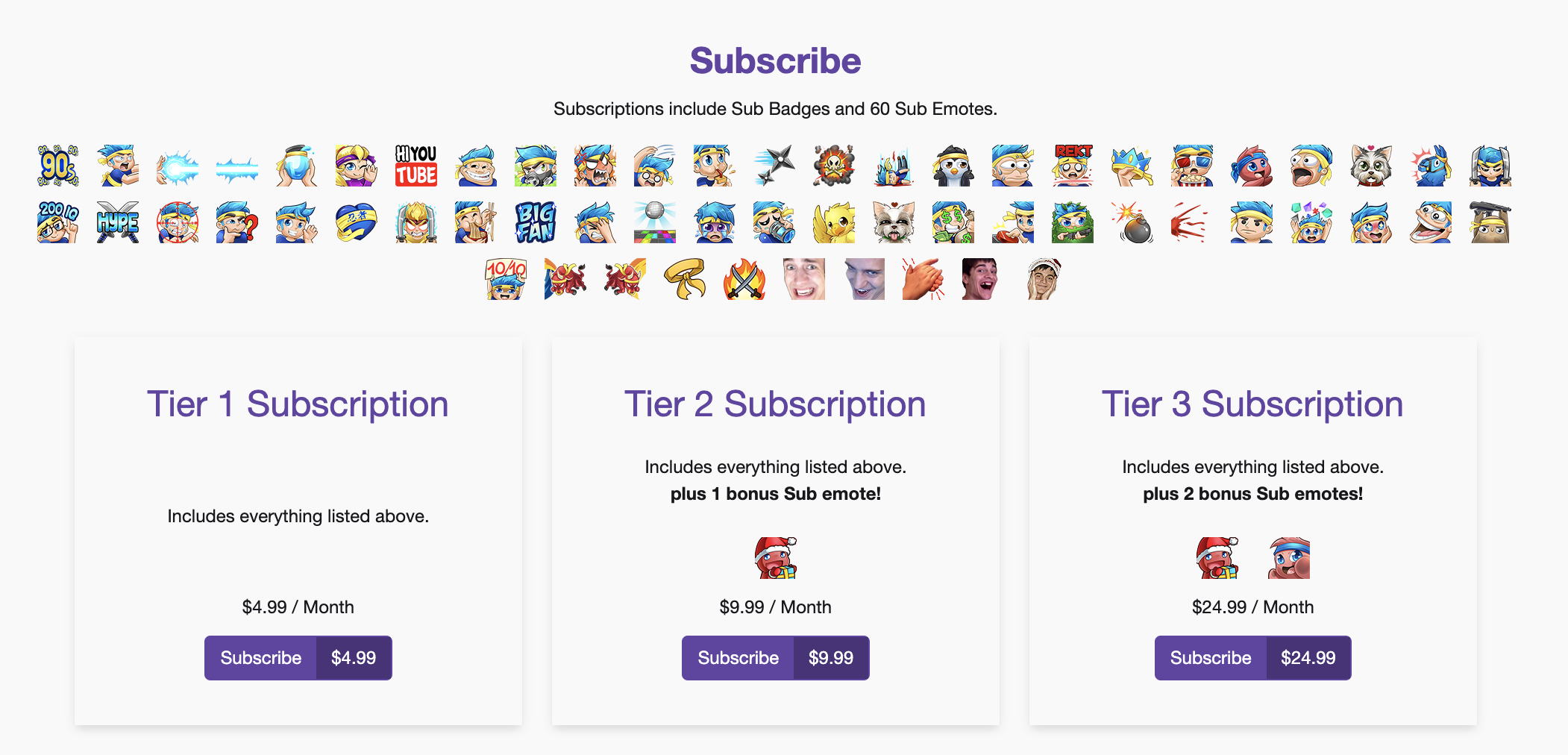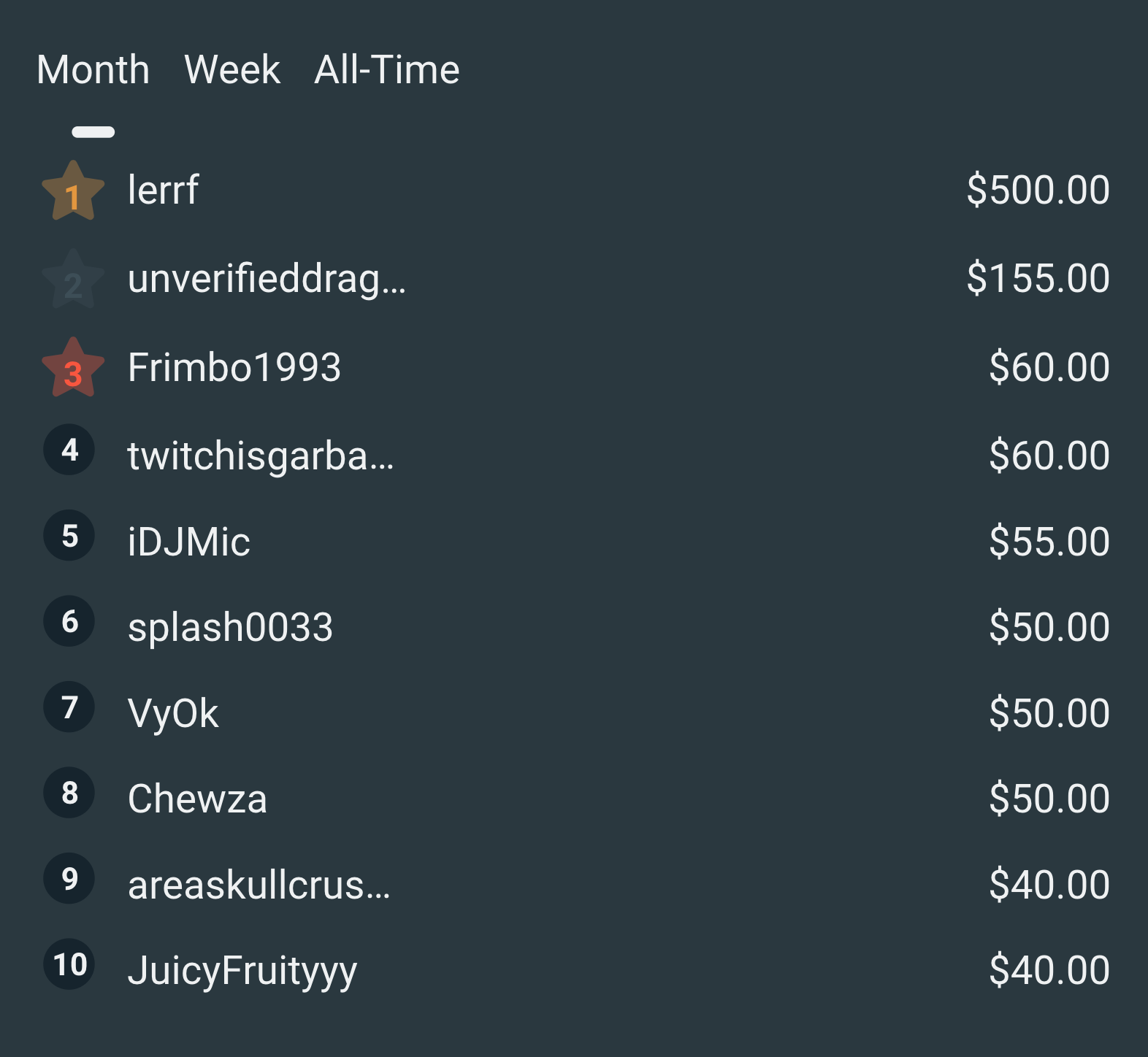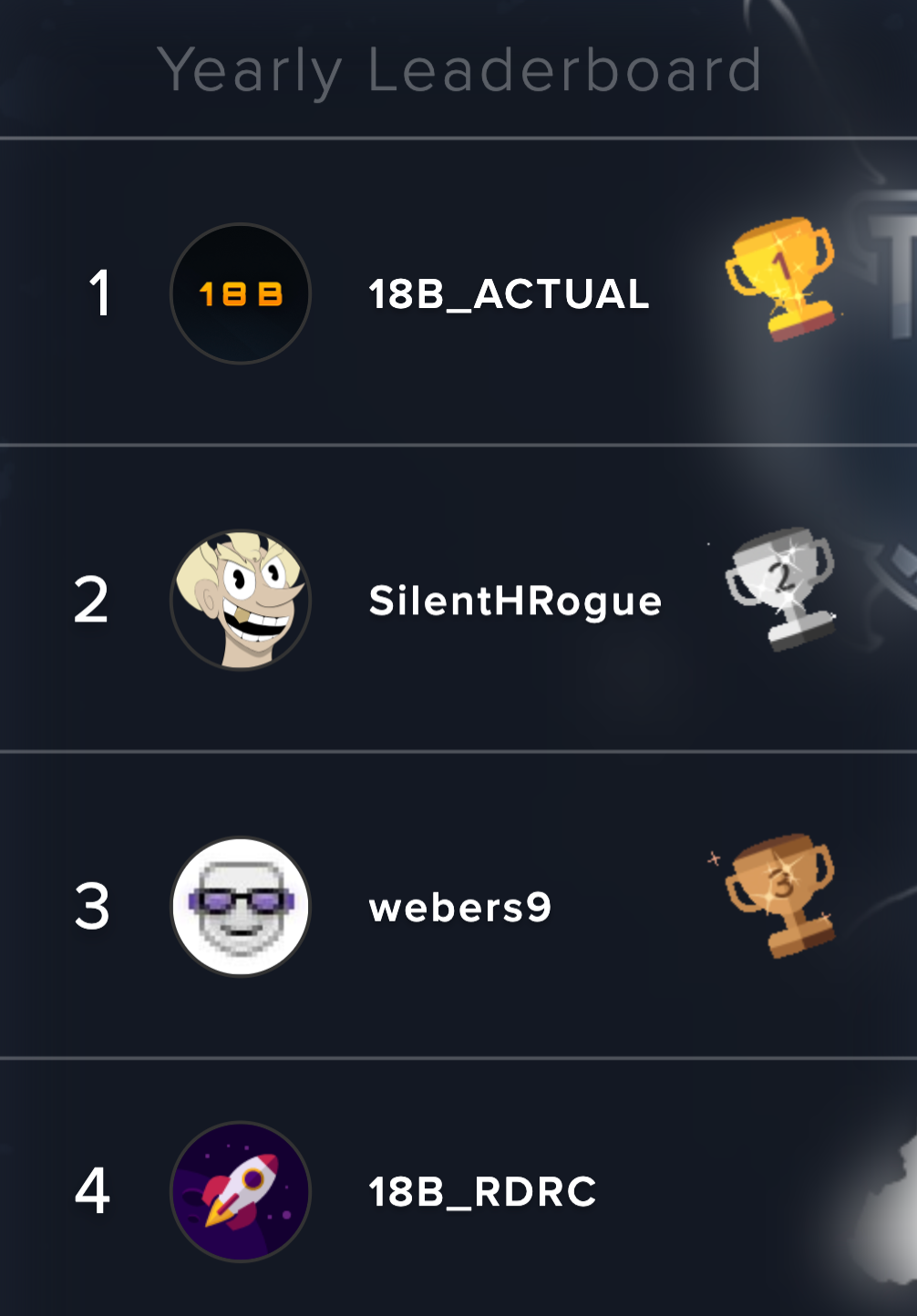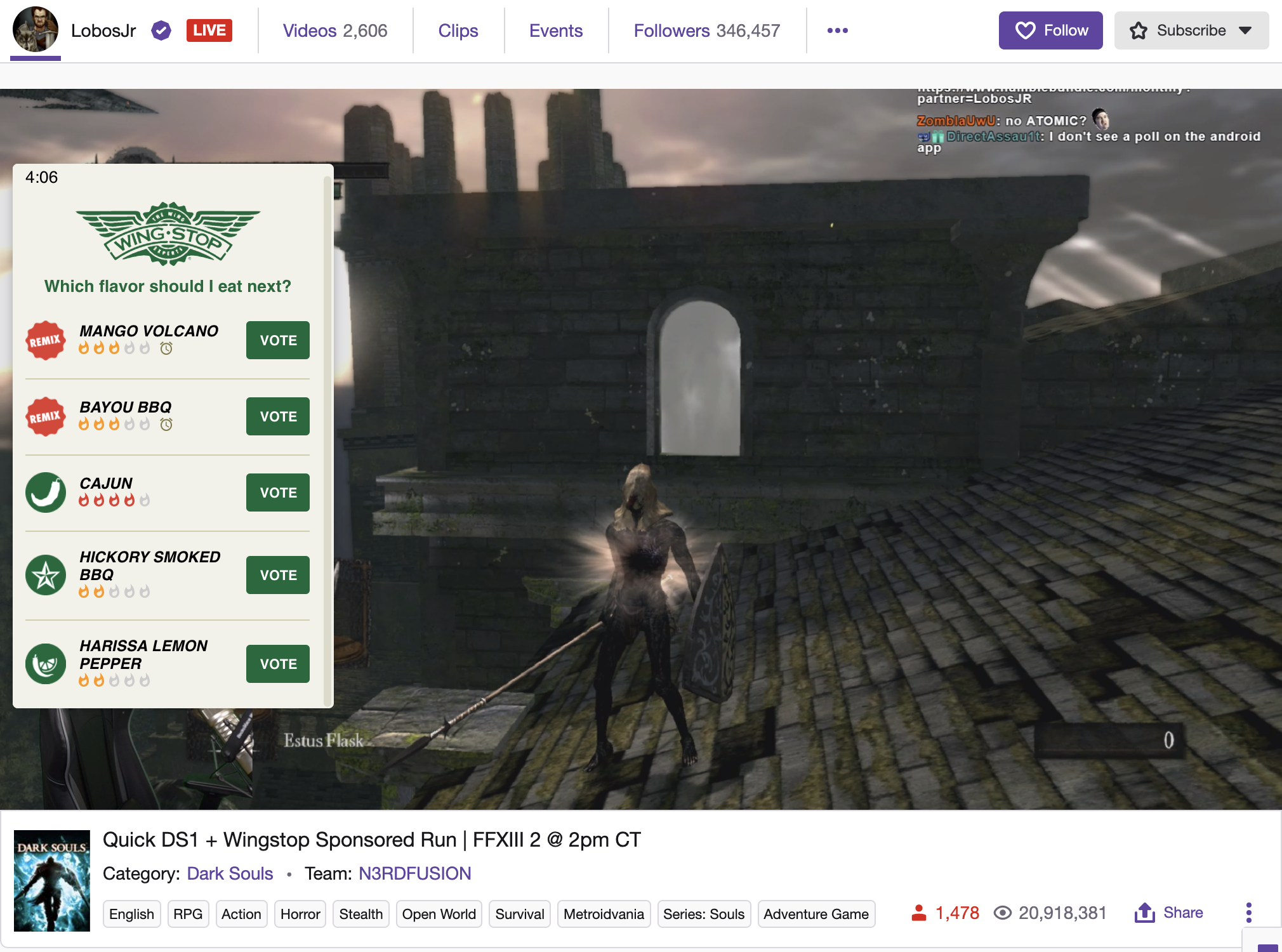The Cost of Content: The Ins and Outs of Earning Money on Twitch
The better you know creators and their businesses, the more fruitful each side of your relationships can be.

There are a variety of ways streamers earn money – and it only continues to get more complex.
From subscriptions to tips, advertisements, and sponsorships, gaming content creators have a variety of means at their disposal when it comes to monetizing their platforms. With more companies attempting to find effective methods to promote new products, hiring content creators to showcase the latest games is becoming the norm.
But, in order to effectively work with content creators, it’s important for brands and publishers to understand how their potential partners pay the bills, the means through which they’ve monetized their content, and thus the landscape into which they’re stepping. The better you know creators and their businesses, the more fruitful for each side of your partnerships can be. Let’s break down the various ways in which said potential partners are making money, and what that means for these very important relationships.
Subscriptions
Subscriptions are the most reliable and regular source of income available to monetized streamers, and for most are the first means through which they make money. Community members can commit $4.99, $9.99, or $24.99 a month for additional benefits, including emotes, loyalty badges, ad-free viewing, and more recently, subscriber-only broadcasts. Since Amazon’s acquisition of Twitch in 2017, the former’s Prime members are also entitled to one free first-tier subscription per month. For years, only Twitch partners, a by-application program reserved for only larger-audience creators, were the only ones able to offer Twitch subscriptions, but in 2017 the platform introduced the “Twitch Affiliate” program, which empowered most creators to offer their own, more limited, single tiered subscriptions to fans. Now, essentially all regular streamers can offer some version of the product.
Viewers subscribe to a streamer both to support them, and to establish themselves as members of the community. Creators who are not just entertaining, but authentic, establish strong communities of viewers who want to feel more connected, more engaged, and more involved with the content they consume, and subscribing gives them an opportunity to do just that. It makes them feel included as community members, and involved in the space, not just as contributors but as participants. It’s important that developers and subscribers understand that sense of connection and where it comes from, that it’s a product of how personality-driven the streamer space really is. Working with a creator who has a large audience of paying subscribers only works well when you, as a partner, can lean into that sense of personal connection between viewer and creator, can come across as genuine and organic.

Partnered streamers typically collect 50% of the subscription amount for each subscriber (with Twitch getting the remaining %), however some streamers with larger audiences can get up to 75%. As an example, Tyler "Ninja" Blevins - who has 21,257 subscribers and over 14 million followers - gets 75% and will make approximately $79,713 from subscriptions alone in the month of June.
Some creators offer subscription products through platforms like Patreon, either in lieu of or in addition to a native Twitch offering. Some want to offer a higher, different, or more customizable level of subscription, something Twitch doesn’t empower them to do, while others simply would prefer to separate their revenue stream from Twitch itself as a means of protecting themselves from the prospect of suspension or deletion taking an entire revenue stream with it. These “patrons,” meanwhile, receive exclusive benefits much as they would as subscribers, paying a monthly fee for said benefits and the satisfaction that comes from supporting a creator they love. These platforms were being used by a much larger portion of the streaming world prior to the creation of the Twitch Affiliate program, however they still have a presence in the space.
Advertisements
Advertisements play an integral role in the Twitch space. Ads are Twitch’s primary source of revenue, and the first of which to be shared with creators. Every stream features advertisements, and every Twitch partner receives a percentage of the revenue from said advertisements accompanying their content.
Pre-roll ads, that is a message which plays when an audience member first arrives, are the most common form of Twitch advertisement, appearing in every stream, regardless of partnership status.
Partners, though get the additional option of running mid-roll advertisements once every 8 minutes throughout a stream. Twitch pays out on these ads using an eCPM Model that measures the effective cost per 1000 impressions.
More viewers means more income for both Twitch and the content creator. Streamers with a smaller audience (<1,000) have an eCPM in the range of $0.70 – $1.40, while larger streamer’s eCPM ranges from $1.00 – $2.50. Self-run ads, advertisements triggered by the streamer and of which mid-rolls are included, allow content creators to have more control over their income, though frequent breaks run the risk of alienating viewers. For example, a popular streamer averaging 30,000 concurrent viewers with an eCPM of $1.50 running four ads per hour, streaming eight hours a day and five times a week, will make $45 dollars per hour or $7,200 each month.
The video on demand (VOD) feature, where viewers can catch up on previous streams, present another opportunity for advertisements. These ads, unlike the live streams, are controlled by Twitch, though the distribution of income remains the same.
It’s important for anyone working with creators to understand the role advertisements play in the latter’s monetization portfolios. For creators with medium to large audiences, there are times when ads can generate more income than any other source, but these moments can be totally unpredictable, with wild swings from week to week or month to month. In addition, the ubiquity of ad-blockers and the tendency of informed viewers to simply ignore commercials has reduced the amount of money made off of ads in the first place. Many creators who have been streaming for years have lived through the experience of rapidly declining ad revenue, and it’s one of the primary reasons relationships between publishers and streamers are becoming so common: they remember a time when ads paid the bills, and then they had to change with the times. You have to understand that landscape if you’re going to develop real, impactful partnerships with creators, because it informs many of the decisions they make. Understanding their needs will go a long way towards building a mutually beneficial relationship.
Tips
Sending a tip is the most transparent way for viewers to show their support. There are two common ways tips are made on Twitch.
The first option available to creators were external programs like StreamLabs or StreamElements. Viewers are able to send money through PayPal and, in return, usually receive an on screen reward, typically a graphic featuring their name and contribution, and a verbal shout-out from the creator themselves. StreamLabs reports that they saw 141 million dollars in direct tipping in 2018. The service is used by approximately 40% of all Twitch streamers – including some of the most popular faces in gaming.
Twitch introduced native tipping functionality in 2016, releasing its digital currency called “bits.” These are available to purchase, beginning at $1.40 for 100 bits, or $1 for the streamer or streamers, while Twitch collects the remaining 40 cents.
Small amounts can also be earned be viewing interactive ads and completing surveys, allowing a means for audiences to support creators with no financial investment
Tips are potentially highly lucrative, but often inconsistent. There is no fixed rate at which a streamer will receive additional contributions from their audience, and they often come in surges, with many coming in one month and then comparatively few in the weeks that follow Because of their unpredictable nature, it is more sustainable for a creator to rely on revenue via subscriptions than it is to bank on money earned from tips each month.


Publishers should understand how important tips are to a creators’ portfolio, and how creating content that encourages more tipping from their audience is an incredibly enticing opportunity. Building a creator campaign is about what works best for both business and streamer, and helping to design a sponsored stream that maximizes audience interaction, that emphasizes tipping and corresponding rewards, is an incredibly effective way to uplift those creators while promoting your own product. The more money your partnered streamers can make, the more likely they’ll be to work with you again.
Sponsored Content
Any stream or video created at the behest of an outside entity, whether it be for money or some other form of compensation, including early access to a game or beta period, is “sponsored content,” and it is an increasingly significant element of many streamers’ portfolios. Game developers, publishers, and non-endemic brands hire streamers to play their games as a means to broaden their audience, build their brand and online community, and convert viewers into players or customers.
Every streamer-sponsor relationship is unique, and there is no “one size fits all” model used to set the parameters of the agreements. Rates or compensation are negotiated, as are the obligations said payment place upon the creator. However, there are some “standard” ways to determine a mode of payment.

The first is a performance-based model known as cost per viewer hour (CPVH). Here, compensation depends on how many viewer hours a streamer generates. For example, at a set rate of $1.00 per viewer hour, a streamer broadcasting for 1 hour with an ACV of 1,000 would earn $1,000. Rates become more complex as ACV rises.
Another standard model of compensation is via a fixed fee. Bigger streamers often work for a flat rate by bundling streams with social posts and other promotions,
Content creators who function as quality partners for brands do so by making their sponsored streams feel natural for their channel, and thus their audience. They make sure the promoted game is something their audience actually wants to see, and fit the title into their streaming schedule in the same way they would anything else, telling their audience it’s coming on stream and via social media. They know that if the partnership is successful, they are successful.
The sponsor themselves, meanwhile, can measure success via how well a streamer maintains their ACV. For example, a streamer who averages 20,000 concurrent viewers would hope to retain 16,000 (or 80%) of their audience as they transition into sponsored content. This mark of success ensures that the streamer is not losing out on their normal income. This is just one metric, though, and while it might be ideal for one publisher, game, or creator, it could easily be less relevant to another. It’s important to identify your goals, as a publisher, early, and to build a campaign that works specifically for you.
Be sure to check out this week's #Top5OnTwitch rankings to see just how well the top games in streaming and their biggest creators are doing. Also follow us on Twitter and LinkedIn for all the latest blogs, announcements, and game marketing news from the team at GAMESIGHT!

